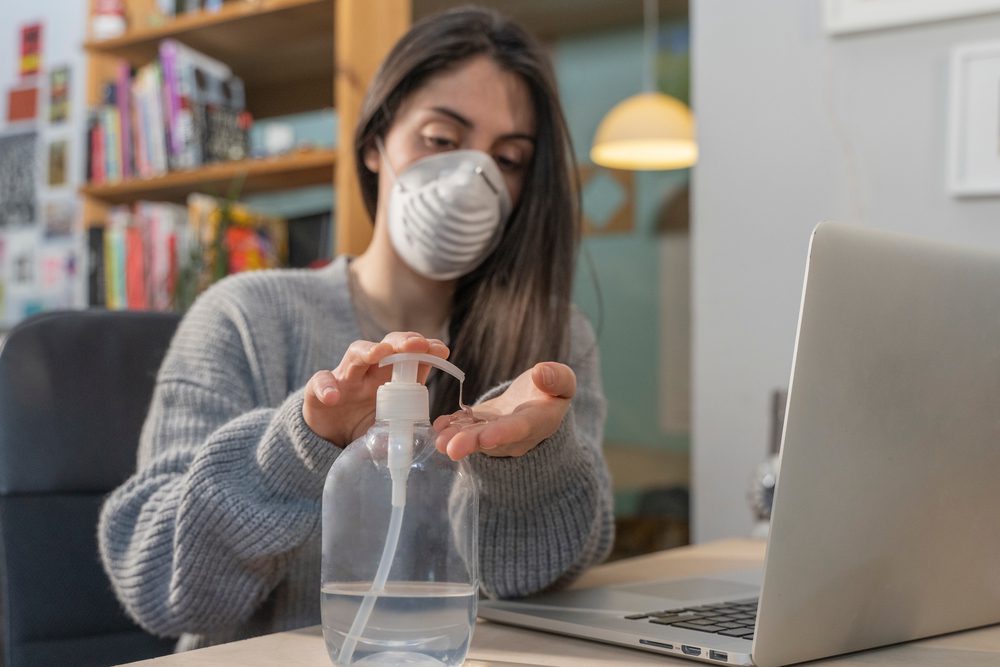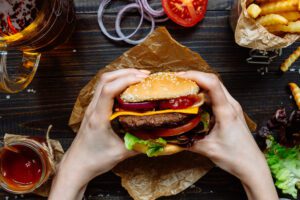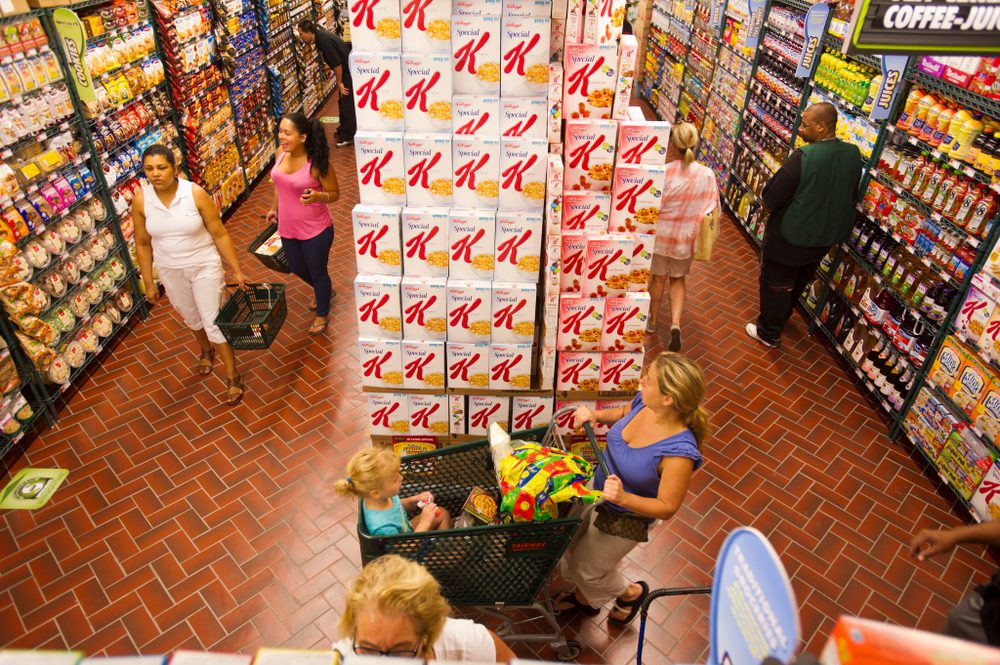With the news of COVID-19 dominating the headlines, words like “quarantine”, “isolation” and “social distancing” have started to be used interchangeably although they refer to slightly different things. So, what do these words even mean for you and your current lifestyle?
Isolation
Isolation is reserved for those with confirmed infections, separating them from other people, so that they can recover without infecting anyone else.
Putting an end to an outbreak “really comes down to how good individual public health agencies are at detecting cases, getting them care, putting them into isolation, and how good the people who are infected are at their own hygiene,” says Nathan Grubaugh, an epidemiologist at the Yale School of Public Health.
Some experts, however, doubt the isolation strategy can totally prevent the virus from spreading. According to Tara Smith, a professor of epidemiology at Kent State University, “there’s already too many undiagnosed cases out there”, which means people infected with the novel coronavirus might be already spreading it simply by continuing their daily lives without having any symptoms.
Quarantine
Quarantine keeps people or groups of people who might have been exposed to an infection but don’t have symptoms away from others, so they don’t involuntarily infect them.
“Quarantine doesn’t have to be a scary thing,” says infectious disease specialist Steven Gordon, MD. “And it’s an effective way to protect the public.” “For anyone who has close contact with someone infected with the coronavirus, it is important that you listen to instructions from your health department,” Dr. Gordon says.
The Centers for Disease Control and Prevention define close contact as:
“a) being within approximately 6 feet (2 meters) of a COVID-19 case for a prolonged period of time; close contact can occur while caring for, living with, visiting, or sharing a health care waiting area or room with a COVID-19 case or b) having direct contact with infectious secretions of a COVID-19 case (e.g., being coughed on)”.
Dr. Gordon explains that health departments “will notify you if they think you have been exposed to a known case and provide you with instructions for next steps”.
Social distancing
Social distancing refers to a series of measures meant to keep people from gathering in large crowds, to slow the spread of a virus.
“Social distancing is pretty much like using common sense,” Dr. Gordon explains. “We don’t realize how interconnected we are until we’re asked to avoid people.”
Gordon adds that terms like “mass gatherings” or “congregate settings” have not been explained in detail. They usually refer to things like shopping centers, movie theaters or stadiums. But just how many people gathered together is too many? “That’s a moving target,” he adds. “While the number 25 is often cited, there’s currently no official definition — and that may be subject to change.”
“Unlike quarantine and isolation, social distancing orders typically apply to whole communities, not specific individuals,” explains Lindsay Wiley, a health law professor at the Washington College of Law.
“A local health department may ask — or order — private businesses and organizations to cancel events where large crowds are expected to gather,” Wiley adds. “Or, if it is determined that children play an important role in transmitting infection, state and local officials may order public and private schools and daycares to close. These decisions would be made primarily at the local level — city by city, county by county.”
What can you do in case of a quarantine?
If you are asked to remain at home, or in another place, isolated from other people, here’s what the CDC recommends:
- Stay inside. Try to restrict activities outside your home unless it’s absolutely necessary or you need medical care. This means you should not go to school, work or other public areas or use public transportation, ridesharing and the like.
- Call ahead. In case you need to see your doctor, call the healthcare provider beforehand and inform them of your medical problem, whether it’s COVID-19 related or not. This will allow them to take the necessary steps for your arrival. “First, try a virtual visit. Or at least, call ahead first, so that the medical facility can take steps to prevent others from getting infected,” recommends Dr. Gordon.
- Protect your pets. At the moment, there’s no real evidence that pets can spread or become sick with COVID-19 but the CDC still recommends limiting contact with companion animals and pets, as well as “petting, snuggling, being kissed or licked and sharing food [during a coronavirus quarantine]”.
- Don’t share personal items. Another thing the CDC warns against is sharing things such as “dishes, drinking glasses, cups, eating utensils, towels or bedding with other people or pets in your home.” Moreover, all these items should be thoroughly washed with soap and water after each use.
- Wash your hands for at least 20 seconds. “Hygiene is an integral part of this, even at home. Handwashing should be your first line of defense when under quarantine,” says Dr. Gordon. “And don’t forget to cough or sneeze into your elbows or a tissue that you then throw away.”
- Keep calm: “While fear is normal, educating yourself is a great way to counterbalance your anxiety,” advises Dr. Gordon. “Stay informed from reliable sources — but not too intensely. Hyper-fixating on the news can be just as detrimental.”
While being forced to stay inside your house for two weeks or even more might seem excruciating and even downright impossible, just remember time passes rather quickly if you keep yourself busy. In the end, it’s your health and the health of your loved ones that matter the most.
If it’s in your power to protect yourself and your family against this manic situation, it will all be worth it in the long run. Stay safe!


























